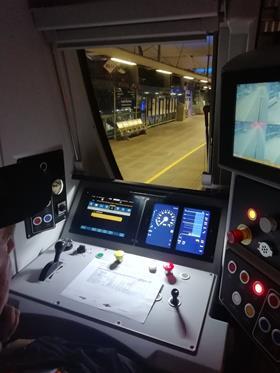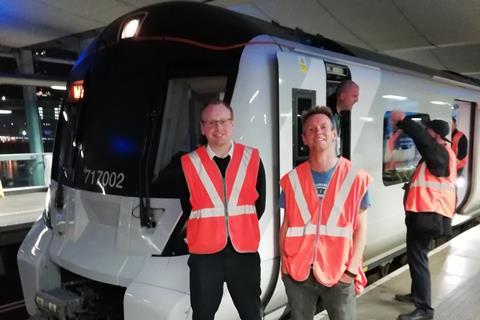
UK: A significant milestone has been reached in the East Coast Digital Programme, with the testing of a Great Northern Class 717 EMU over the Thameslink core between London St Pancras and Blackfriars stations using ETCS Level 2.
The Siemens Mobility-built Class 717s are equipped with ETCS onboard equipment to the Baseline 3.4.0 specifications, which has been adopted for ECDP. The testing over the Thameslink core was undertaken to confirm backwards compatibility with the Baseline 2.3.0d trackside equipment used by the Class 700s operating on that route.

According to the project team, dual-system EMU 717002 operated ‘faultlessly’, providing an ‘important real-world proof of the track-to-train specification required to enable a confident migration to ETCS on the Northern City Line’.
The branch from Finsbury Park to Moorgate is the first section of the East Coast Main Line being converted to ETCS, as this will enable the removal of the mechanical train stops inherited when the deep tube line was taken over from London Underground. Trackside installation is currently underway, with a view to commissioning the ETCS during 2022 and removing the conventional signalling the following year.

Network Rail’s Director Industry Partnership Digital Toufic Machnouk said ‘this is the first time a train of this specification has been tested dynamically, in the real world, against the infrastructure specification. It represents a small but significant step for the East Coast Digital Programme and is a crucial point of confidence for a smooth migration to ETCS.’
Both the Moorgate and Thameslink services are operated by Govia Thameslink Railway. GTR’s lead on the ECDP Oliver Turner said it was ‘a key milestone to run one of our Moorgate trains in ETCS mode using the software that will be ultimately used across the ECML. I’m pleased to report it did that with flying colours. The new signalling being installed on the Northern City Line will save our passengers thousands of hours of delay.’



